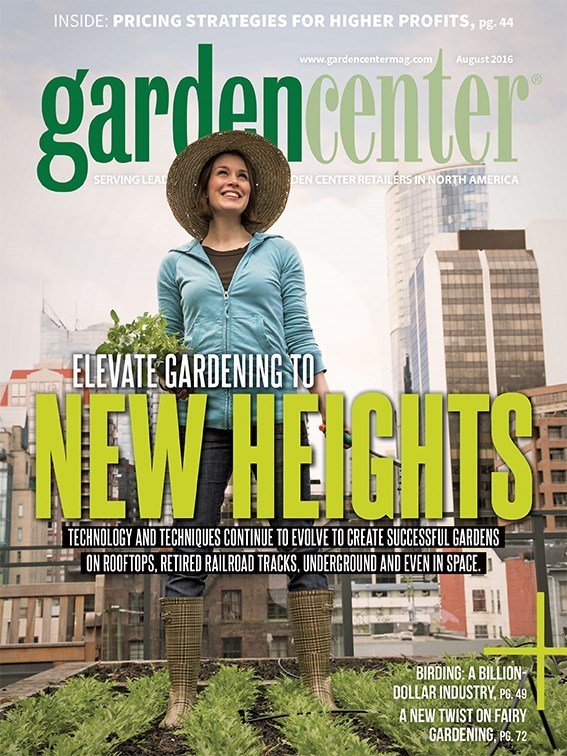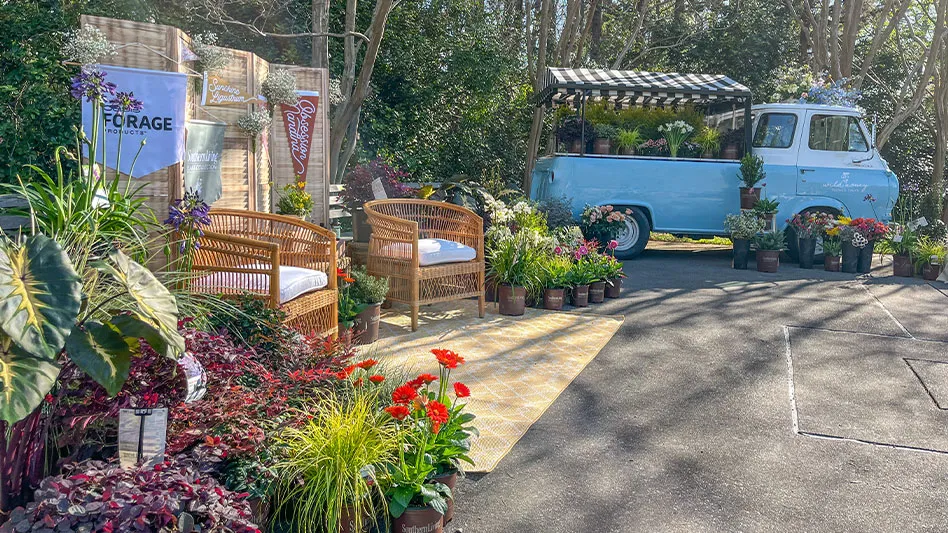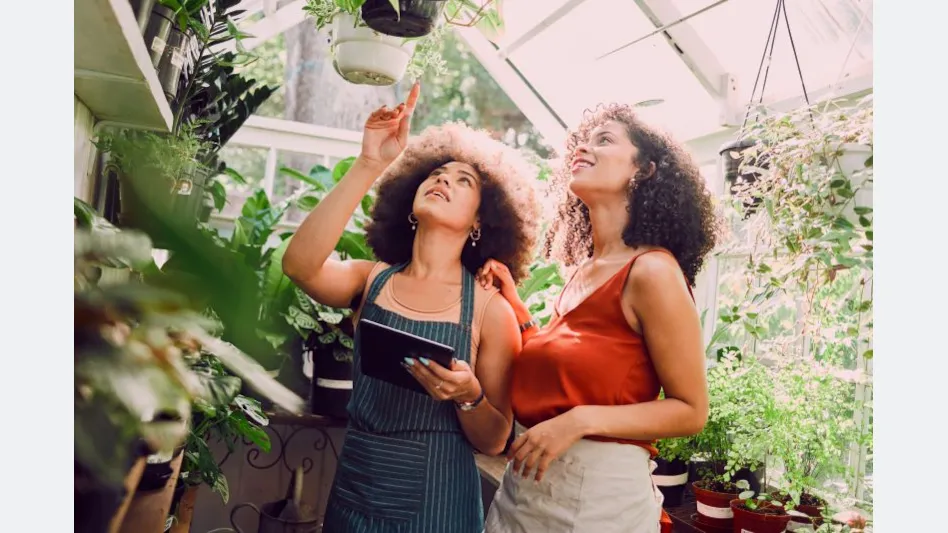Since Pokémon GO, created by software developer Niantic was released in early July, at least 100 million smart phone users have downloaded the game, which uses GPS technology to turn their familiar streets and shops into a Poké-filled world, with the goal of finding and catching Pikachu and more than 100 other “species” of Pokémon. Players of all ages have become obsessed with the app, walking on sidewalks with chins pointing toward their chests, eyes focused down on their screens, their direction dictated by those fleeting, digital Pokémon. Phones vibrate when one is near, players use Poké Balls to catch them and can photograph the cartoons hanging out in real-life places.
Some retailers in my area are delighted by their designation as a PokéStop, or places where users can pick up necessary materials like Poké Balls and find Pokémon, and are promoting it on social media. Garden centers are showcasing it, too; Waiahole Nursery & Garden Center in Hawaii is offering customers a free shaved ice with the purchase of one large shaved ice when they show their app. Stein Your Florist, based in Philadelphia, tweeted that Venusaur, a dinosaur-like creature with a plant growing on its back, was spotted in the store.

Like all new things, there have been some unforeseen but also predictable consequences. Some argue that, unlike other video games, it encourages people to go outside, exercise and meet people. Others point to the dangers of being distracted. The game augments reality and can prevent people from paying attention, making them targets for thieves, attackers and, in one case in Texas, a venomous snake. People have walked over cliffs and into traffic while playing the game. Certain original PokéStops were inappropriate, like the U.S. Holocaust Memorial Museum, which asked visitors to stop playing there.
So where do garden centers fit in? Could garden retailers offer safe, scenic, fun places for people to play, and could it be another way to give shoppers an enjoyable customer experience? Or, is it worth it, considering that players could potentially distract, annoy and run into paying customers?
Some retail associations have encouraged businesses to get on board, suggesting that they request to be added as PokéStops if they aren’t already designated through user submissions (you can do this online), indicate they’re a stop on sidewalk signs, market it on social media and even give customers incentives to play.
It’s too soon to tell what effect Pokémon GO will have on retailers. It’s also too early to suggest that garden centers test it and encourage players to visit. There’s no way of knowing if that additional traffic will help boost sales, make retailers relevant or annoy loyal shoppers. Retail Customer Experience indicated that sales have not gone up for PokéStops they’ve looked into. What we do know is that it’s new and an overnight cultural phenomenon. Whether it’s right for your store is up to you. If you’ve tried it, send me an email and tell me about it.
Michelle Simakis msimakis@gie.net

Explore the August 2016 Issue
Check out more from this issue and find you next story to read.
Latest from Garden Center
- Registration opens for Darwin Perennials Day
- Weekend Reading 5/3/24
- Weekend Reading 4/26/24
- Smith Gardens assumes operations of Skagit Horticulture
- Beneficial insect sachets now included with Monrovia mandevilla
- Pennsylvania Horticultural Society shares top gardening trends from 2024 Philadelphia Flower Show
- Garden Media Group announces the fifth annual Women in Horticulture Week
- Eason Horticultural Resources announces the addition of Phil Perry





